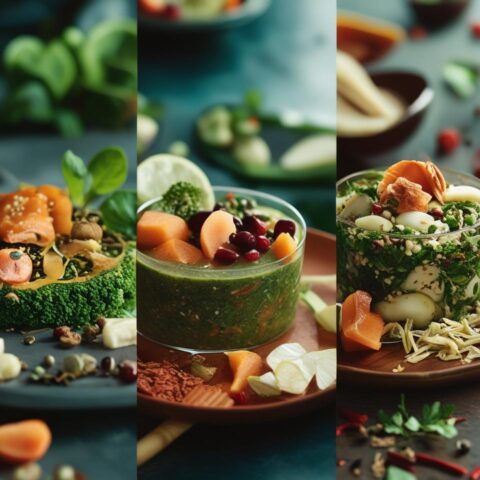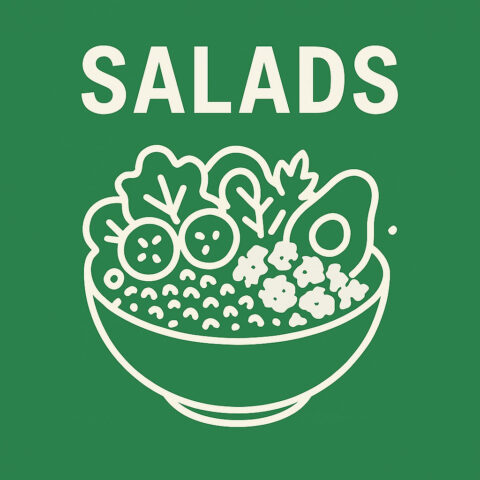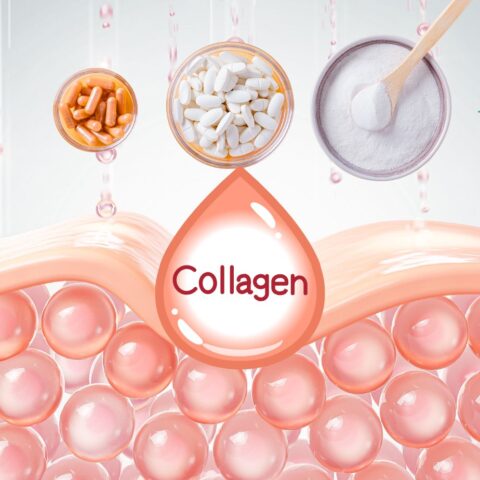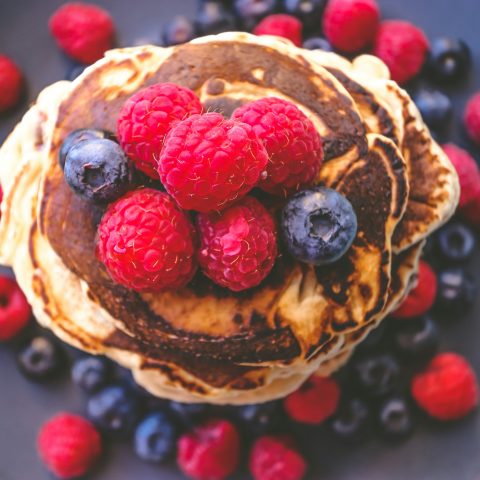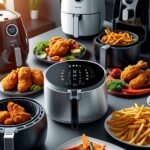When it comes to food packaging, there are many options available on the market. However, two of the most commonly used packaging materials are poly and cello bags. Both materials have their own unique characteristics and benefits, making it challenging for businesses to decide which one is more suitable for their products. To help you choose the right packaging material for your food products, we have covered the differences between poly and cello bags and their specific uses.
Ladle of Contents
Poly Bags for Food Packaging
Poly bags, short for polyethylene bags, are widely used in the food sector. They’re like that reliable friend who’s always there when you need them—versatile, sturdy, and ready to adapt. Poly bags come in multiple thicknesses, and choosing the right one is imperative if you’re seeking a balance between protection and price.
They can snugly fit around your product, offering a moisture-resistant hug that extends the item’s shelf life. Plus, they’re clear enough to give consumers a sneak peek at what they’re buying, which helps in creating visual appeal.
Cello Bags for Food Packaging
On the flip side, cello bags offer a crisper, more “gourmet” look and feel. Made from cellulose, they’re the environmental darlings of the packaging world. Beyond their earth-friendly appeal, these bags boast superior clarity and a crunchier seal that helps give your food products their moment in the spotlight.
When it comes to breathability and that oh-so-satisfying “crackling” sound upon opening, cello bags take the cake. They’re excellent for items like baked goods and nuts, where moisture control is less of a concern but showcasing product quality is a top priority.
Which Is Better?
So, which is better for food packaging—poly or cello bags? It all depends on what you’re packaging. Each has its unique characteristics and benefits that make it more suitable for certain types of food products.
Poly bags are great for items that need moisture resistance and clarity, such as produce, frozen foods, and meat products. On the other hand, cello bags are perfect for items that need to stand out visually, such as baked goods, candies, and nuts.
Ultimately, understanding your product’s needs and identifying what qualities you value most in food packaging can help you make the right decision between poly or cello bags.



